UPD On Target – BDUK Bring Superfast Broadband to 3 Million UK Premises
The Government’s £1.7bn (public funding) Broadband Delivery UK project, which is primarily working with BT to make fixed line superfast broadband (24Mbps+) services available to 95% of the United Kingdom by 2017/18, has confirmed that 3 million homes and businesses can now benefit from its effort.
The project was originally setup in 2010 to help premises in the final 30% of the United Kingdom to receive superfast broadband connectivity because the big commercial operators (e.g. BT and Virgin Media) tended to only be interested in upgrading the first 60-70%. Meanwhile areas beyond that were often considered “commercially unviable” due to their low populations sizes and or high deployment costs.
Due to this the first BDUK target was intended to make superfast broadband available to 90% of the UK by the end of 2015 (approximately 4.2 million additional premises passed), although that target has since slipped to “by 2016” (early 2016). Today’s results hint that the first target should be achieved, although the next 95% goal for the end of 2017 is less certain (BT has previously hinted that it could slip into 2018). Note: Going from 90% to 95% should benefit an extra 1 million+ premises.
A rough breakdown of the latest progress can be found below and we’ve added a more detailed summary of England’s various local authorities at the bottom. So far BDUK seems to be adding around 500,000 extra premises per quarter, which at the current rate would see them hit around 4 million by the end of 2015.
| Country / Region | Premises Reached by “Fibre Broadband” (BDUK Projects) – 31st July 2015 |
| North East England | 124,249 |
| Yorkshire and the Humber | 295,235 |
| North West England | 384,667 |
| East Midlands | 338,709 |
| West Midlands | 220,604 |
| South East England | 531,093 |
| South West England | 311,758 |
| East of England | 391,095 |
| Scotland (Rest of Scotland) | 309,225 |
| Scotland (Highlands & Islands) | 84,952 |
| Wales | 482,000 |
| Northern Ireland | 41,652 |
Naturally BT (Openreach) has scooped up the vast majority of related BDUK contracts, although there have been a few small exceptions in parts of certain counties, such as the Cotswolds Broadband scheme in West Oxfordshire, UKB Networks Ltd. (HKT) in Swindon and some deployments by Gigaclear in other counties.
Most of BT’s approach has been to improve coverage via their ‘up to’ 80Mbps capable Fibre-to-the-Cabinet (FTTC) technology, with a few pockets of ultrafast (330Mbps) Fibre-to-the-Premises (FTTP). BT are also trialling a number of other technologies that may play a future role, such as the VDSL based Fibre-to-the-Basement (FTTB), Fibre-to-the-Remote-Node (FTTrN), Wireless-to-the-Cabinet (WTTC) solutions.
It’s worth pointing out that BT has also recently announced plans to bring speeds of up to 500Mbps to “most homes” over the next decade by rolling out G.fast broadband technology, although initially this is expected to be focused more on their commercial footprint and not BDUK areas.
John Whittingdale MP, Culture Secretary, said:
“Reaching three million properties is a huge achievement. Our rollout of superfast broadband is transforming lives up and down the country as every day thousands more homes and businesses are gaining access to superfast speeds.
It’s fantastic to see that the rollout of superfast broadband is now delivering for customers and for the taxpayer. The levels of people taking up superfast broadband in areas where we invested public money are beyond our expectations, and BT is now reimbursing the public purse to deliver further coverage across the UK. This now means that BT will be providing up to £129m cashback for some of the most hard to reach areas.”
Gavin Patterson, CEO of BT Group, added:
“The UK is making great progress with fibre broadband. Twenty three million premises are covered by BT’s open access network, with three million of those enabled under the BDUK programme. Our Openreach engineers have worked tirelessly to connect some of the most remote parts of the UK, from the Shetlands and Hebrides to the moors of southwest England.
The public have responded by taking up fibre in large numbers, and that’s good news for those areas that haven’t been reached yet. It means additional funds are being released which will enable us to go even further at no extra cost to the taxpayer and earlier than expected.”
The Government are also spending £10m to pilot 7 projects that could help to improve connectivity for the final 5% (a mix of fixed wireless, satellite and fibre optic solutions), which is needed because even BT may struggle to reach many of those areas (the pilots should run until early 2016).
Once completed the Government will then need to assess the pilots in order to learn how much investment may be needed in order to fill the 5% gap and achieve 100% coverage, which is going to be a difficult challenge.
The Size of the Final 5% (BDUK Data)
The unserved areas vary significantly in terms of the density of premises:
* Approximately 20% of the unserved areas are likely to be in areas with greater than 2,000 premises per km2, however the majority of these are in cities where BDUK’s current approach is to stimulate the market through demand-side measures.
* Approximately 20% of the unserved areas are likely to be in areas with population density between 500 and 2,000 premises per km2; and
* Approximately 60% of the unserved areas are likely to be in areas with population density below 500 premises per km2.
Happily the Digital Economy Minister, Ed Vaizey MP, recently promised to make it “absolutely clear” where superfast broadband will be delivered in the future and he intends to publish a plan for reaching the final 5% “before the end of the year” (here), which may potentially be funded by a controversial new TAX on broadband ISPs (here).
Some reports have indicated that the Government will need to raise £500m in order to tackle the final 5% and a TAX (“levy“) would certainly go a long way towards that. In addition, the recent BBC TV Licence fee proposal suggests that another £100m or so could also be extracted from that for use by the broadband roll-out between 2017 and 2020.
Furthermore it was recently revealed that the clawback mechanism in BDUK’s contracts with BT, which can return some of the investment once take-up in related areas has reached above 20%, will deliver funding worth up to £129m to help further improve coverage (here). A large part of this is due to BT making a revised business case assumption of reaching 30% take-up.
On top of that some projects, such as the Rutland scheme, have demonstrated deployment related “savings” that might also be reflected in other areas (here). However it’s too early to say whether this will be mirrored by other projects and we’ll have to wait for the BDUK Phase 1 (90% target) contracts to fully complete before the national picture becomes clear.
Finally, the most remote 1-2% of rural areas may yet end up being stuck with a subsidy to cover the cost of installing restrictive Satellite connections (See Budget 2015), which is hardly ideal due to the platforms meagre data allowances, high rental costs and slow latency. But this may also be the only way that the Government can say they’ve met the 2Mbps for all Universal Service Commitment (USC) by 2016, which so often gets overlooked.
A breakdown of the latest progress can be found below, which excludes match funding from local authorities, the EU and BT’s own contributions. The premises passed figure only reflects those able to receive superfast speeds of greater than 24Mbps (Megabits) and today’s 3 million total comes from more recent data than the June 2015 data below.
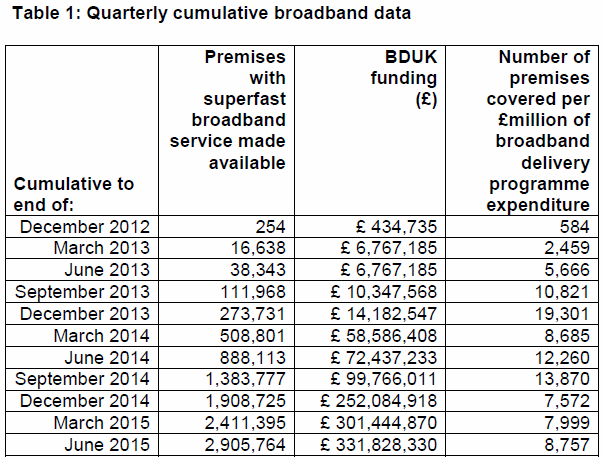
The headline figures above are cash based (i.e. when grants are made or budgets transferred). On an accruals basis (which matches costs incurred to the timing of delivery), cumulative BDUK expenditure to end-June 2015 has been estimated as £367,635,571 which would equate to 7,904 premises covered per £million of BDUK expenditure. Expenditure on an accruals basis is higher because work has been delivered in advance of payment.
Now here’s a useful breakdown of the latest premises passed figure for English Local Authorities, although it’s not entirely clear if this only reflects raw “fibre broadband” coverage rather than those able to receive the full 24Mbps+ speeds.
| Region (England) | Local Authorities | Premises Reached by BDUK Fibre – July 2015 |
| East Midlands | Leicestershire | 46,023 |
| East Midlands | Northants | 54,497 |
| East Midlands | Nottingham | 50,383 |
| East Midlands | Rutland | 9,416 |
| East Midlands | Lincolnshire | 115,474 |
| East Midlands | Derbyshire | 62,916 |
| East of England | Cambridgeshire | 83,032 |
| East of England | Essex | 42,100 |
| East of England | Norfolk | 169,072 |
| East of England | Suffolk | 96,891 |
| North East | Durham | 68,550 |
| North East | Newcastle | 8,749 |
| North East | Northumberland | 47,000 |
| North West | Cheshire | 80,759 |
| North West | Cumbria | 90,408 |
| North West | Greater Manchester | 30,033 |
| North West | Lancs | 133,789 |
| North West | Merseyside | 49,678 |
| South East | Bedfordshire | 23,878 |
| South East | Berkshire | 19,190 |
| South East | Bucks & Herts | 46,907 |
| South East | East Sussex | 52,874 |
| South East | Hampshire | 60,926 |
| South East | Isle of Wight | 15,697 |
| South East | Kent | 120,966 |
| South East | Oxfordshire | 62,358 |
| South East | Surrey | 81,040 |
| South East | West Sussex | 47,257 |
| South West England | Devon & Somerset (CDS) | 181,887 |
| South West England | Dorset, Bournemouth & Poole | 54,386 |
| South West England | GWB (South Gloucestershire) | 17,965 |
| South West England | GWB (Wiltshire) | 57,520 |
| West Midlands | Black Country | 422 |
| West Midlands | Coventry, Solihull & Warwickshire (CSW) | 39,233 |
| West Midlands | Herefordshire & Gloucestershire | 46,985 |
| West Midlands | Shropshire | 43,334 |
| West Midlands | Staffordshire | 54,767 |
| West Midlands | Worcestershire | 35,883 |
| Yorkshire and the Humber | North Lincolnshire | 31,703 |
| Yorkshire and the Humber | East Riding of Yorkshire | 46,228 |
| Yorkshire and the Humber | North Yorkshire | 152,381 |
| Yorkshire and the Humber | West Yorkshire | 64,923 |
Mark is a professional technology writer, IT consultant and computer engineer from Dorset (England), he also founded ISPreview in 1999 and enjoys analysing the latest telecoms and broadband developments. Find me on X (Twitter), Mastodon, Facebook and Linkedin.
« Cambridgeshire and Peterborough Confirm GBP5.3m Broadband Boost
Latest UK ISP News
- FTTP (5511)
- BT (3514)
- Politics (2535)
- Openreach (2296)
- Business (2260)
- Building Digital UK (2243)
- FTTC (2042)
- Mobile Broadband (1972)
- Statistics (1788)
- 4G (1663)
- Virgin Media (1619)
- Ofcom Regulation (1460)
- Fibre Optic (1393)
- Wireless Internet (1389)
- FTTH (1381)

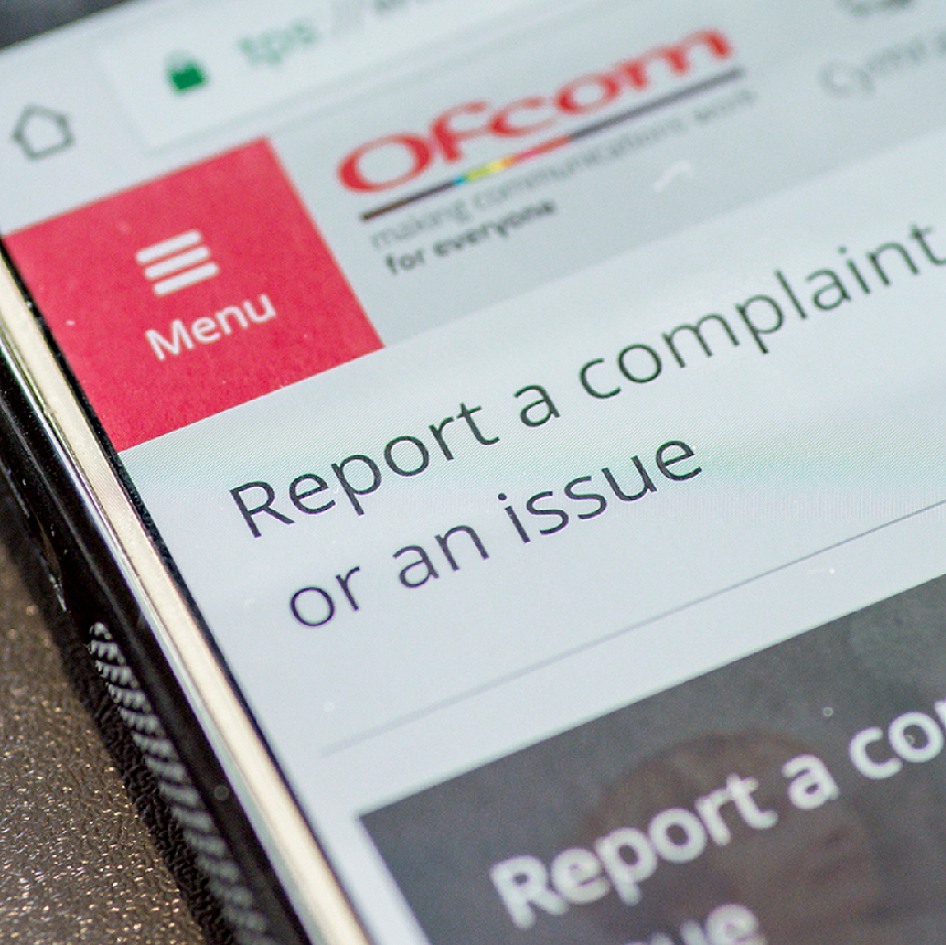

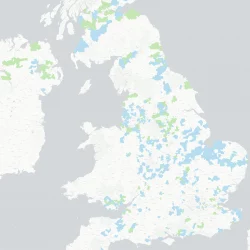

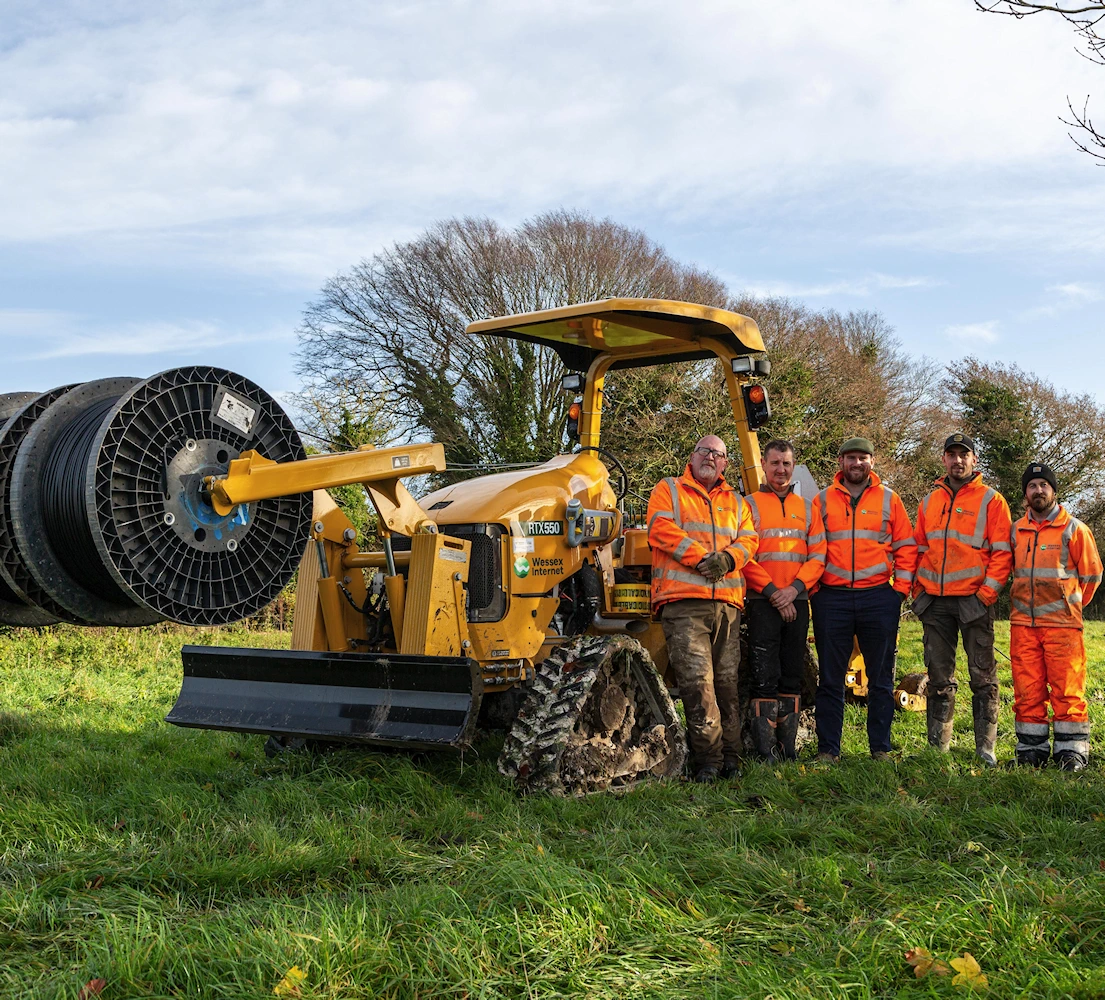



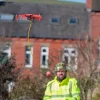






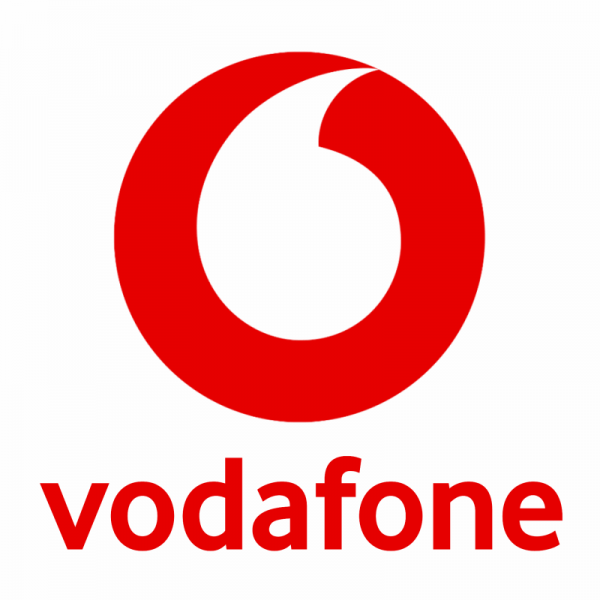

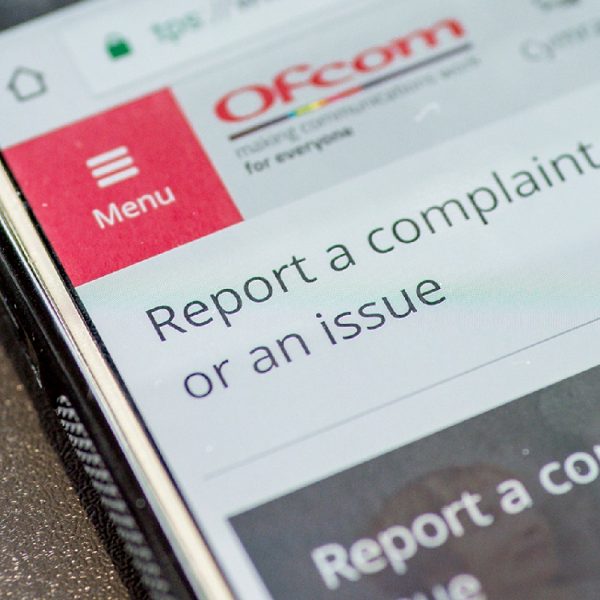
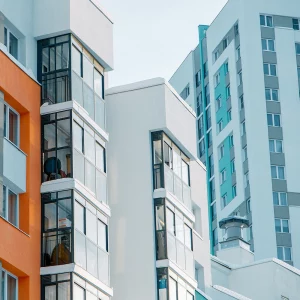
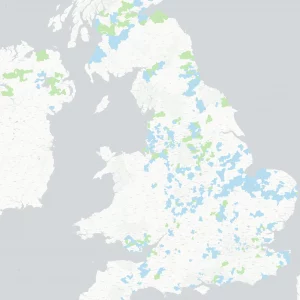



































Comments are closed